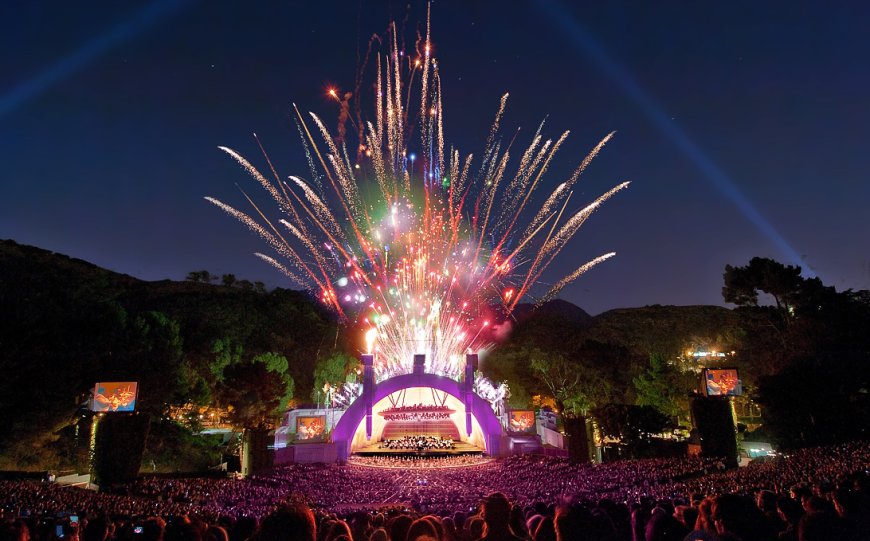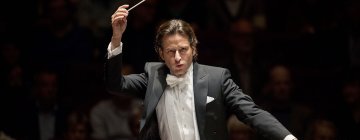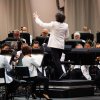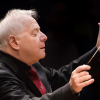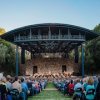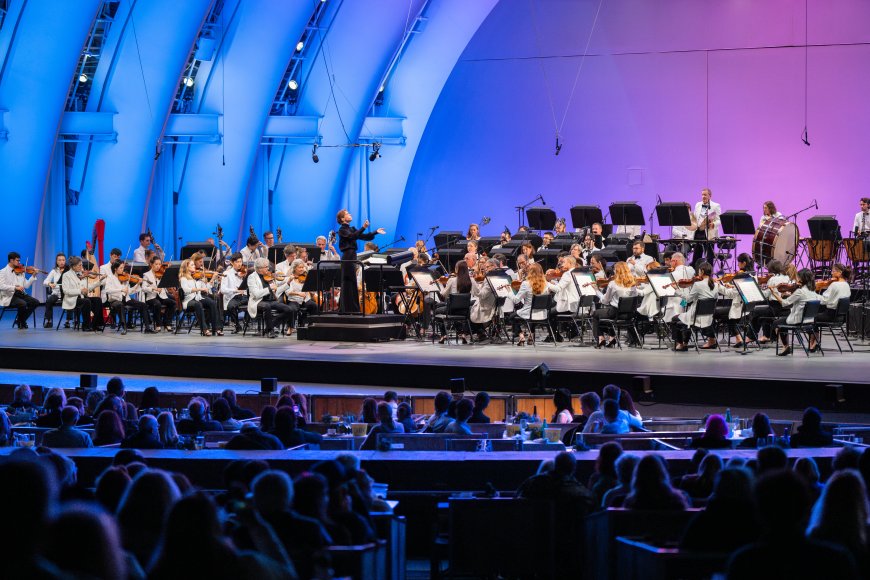
What would the Hollywood Bowl do without the Russians?
Sergei Prokofiev, Dmitri Shostakovich, Sergei Rachmaninoff, Igor Stravinsky, Nikolai Rimsky-Korsakov, Pyotr Ilyich Tchaikovsky. Their music has furnished the meat and potatoes (or perhaps borshch and caviar) of the Bowl's orchestral repertoire since its earliest years. Big, brassy, bold, and emotional, Russian music has the sonic power and drama to fill this fabled outdoor arena and bring in the crowds.
The Los Angeles Philharmonic continued the tradition with an exhilarating Aug. 14 program at the Hollywood Bowl, conducted by welcome return guest Gemma New and anchored by two beloved chestnuts: Rimsky-Korsakov's love letter to Spain, Capriccio Espagnol, and Tchaikovsky's heart-on-the-sleeve, Symphony No. 4.
Slotted between the main works was something much less familiar: the flashy, jazzy Trumpet Concerto by Armenian composer Alexander Arutiunian (1920-2012), a Russophile who studied in Moscow. The Trumpet Concerto unfolds in one continuous movement with seven sections, then abruptly ends with a showy cadenza featuring rapid-tonguing passages and other tricks of the trumpeter's trade.
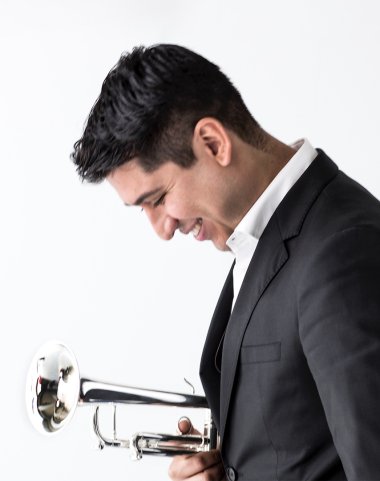
Trumpeter Pacho Flores made a strong case for Arutiunian's best-known work, composed in 1950. A product of Venezuela’s El Sistema music education program (like the LA Phil’s maestro Gustavo Dudamel), Flores played the Concerto on an oversized silver trumpet with a large bell. He expertly navigated the vivid changes in mood from the fanfare-like main theme to the muted folk style of the slow sections, which were reminiscent of Aram Khachaturian's music for the ballets Spartacus and Gayane. He responded to the Bowl’s ovation with a toe-tapping encore called Morocota, his own improvisation on a Venezuelan version of the Merengue.
Arutiunian's appealing and vibrant music has been showing up more frequently in concert halls around the world. Last April, members of the LA Phil performed his Suite for Clarinet, Violin, and Piano at the Walt Disney Concert Hall. A survivor who thrived both during the Soviet era and afterwards, the composer is a cultural hero in Armenia but has remained obscure abroad. Fusing Russian, Armenian folk, and Caucasian elements, his distinctive voice deserves to be heard.
The evening was well-programmed, as Arutiunian considered Rimsky-Korsakov a major influence. Rimsky-Korsakov's Capriccio Espagnole explores the songs and dances of Spain, a favorite musical destination for Russian composers starting with Mikhail Glinka (no doubt they dreamed of warm climates during those long Russian winters).
“According to my plans the Capriccio was to glitter with dazzling orchestra color and, manifestly, I had not been wrong," Rimsky-Korsakov wrote proudly of his work.
A rousing and vigorous performance of Capriccio opened the concert at the Hollywood Bowl. Gemma New (a former Dudamel Conducting Fellow) clearly connected with the orchestra and explored all shades of Rimsky's broad palette of colors. Soulful violin solos by Associate Concertmaster Bing Wang, subtly amplified by the Bowl's state-of-the-art sound system, infused the Capriccio with emotional intensity and personality.
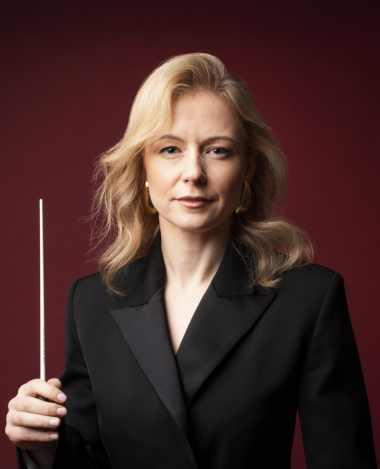
Members of the large brass contingent (four horns, two trumpets, three trombones, and tuba), along with flutist Denis Bouriakov and oboist Marion Arthur Kuszyk, also made distinctive contributions. Some Bowl regulars have criticized the use of video screens on either side of the proscenium as too distracting, but seeing close-up shots of Wang and other soloists gave the performance a heightened immediacy and intimacy.
The stage lights then switched to red to prepare us for something passionate, and the musicians delivered.
In a big night for the brass instruments, Tchaikovsky's Fourth opened the second half with the famous fanfare motif that pops up throughout the work. "This is fate, this is the fateful force which prevents the impulse to happiness from attaining its goal. It is invincible, and you will never overcome it," Tchaikovsky wrote melodramatically of his deeply autobiographical symphony.
Under New's clear and expressive conducting, conveyed in smooth and sweeping gestures, the performance soared. From the first waltz in stuttering 9/8 meter to the limpid sadness of the second canzonetta to the delicate pizzicato of the third movement, and finally to the dizzy allegro con fuoco folksiness of the finale, the orchestra played with infectious commitment and tension. It was one of the most exciting performances of this warhorse I have heard in a long time. Once again, the subtle amplification and artful camera work — which has vastly improved in recent seasons — only added to the experience.
But there was more: Just as folks were gathering up the remains of their picnics, a fireworks show exploded, choreographed with balletic precision to a blazing performance of the kaleidoscopic Carnival Overture by another Slav and Russophile, Antonín Dvořák.
